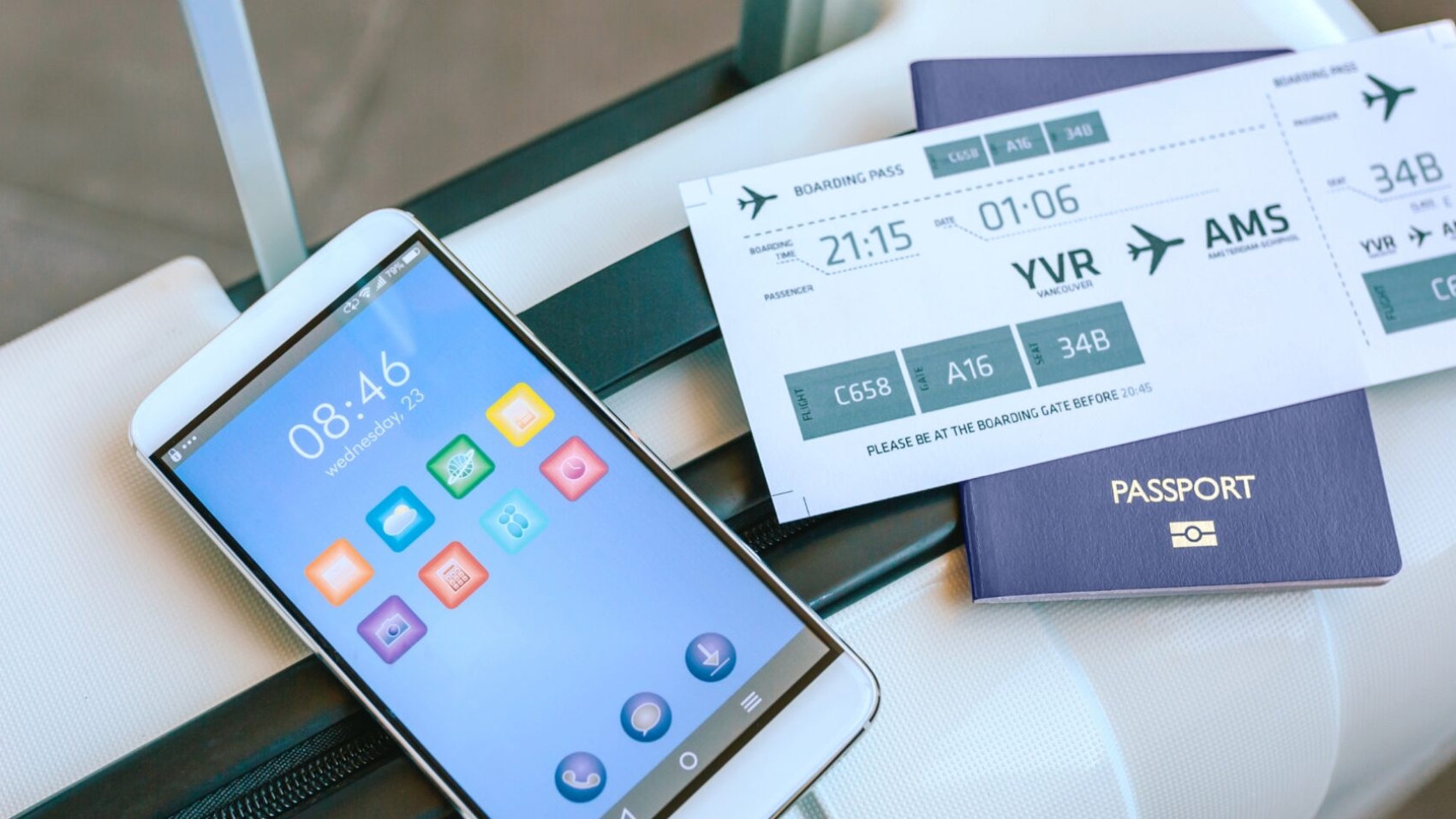In today’s world of instant expectations, passengers expect to know things immediately—and air travel is no exception. Whether there’s a gate change, delay, cancellation, or baggage update, passengers want to know about it the instant something happens. And when they don’t? Confusion, frustration, and long lines ensue.
That’s why real-time passenger communication has shifted from “nice-to-have” to non-negotiable in today’s airline operations. Actually, with growing disruptions and rising passenger expectations, real-time communication has emerged as a foundation pillar of customer satisfaction and operational efficiency.
Let’s see why.
Key Takeaways
Passengers want instant updates: Real-time communication establishes trust and avoids confusion.
Disruptions are on the rise: Real-time notifications curb call center spikes, queues, and adverse experiences.
Time is of the essence: Quicker alerts enable smoother re-accommodation and recovery.
Multi-channel delivery is important: SMS, push, email, WhatsApp—notify passengers anywhere.
Trust builds loyalty: Open communication keeps travelers relaxed and loyal.
VoyagerAid benefit: Automated IROPS alerts and real-time airline notification systems empower employees and reassure passengers.
What are Real-Time Notifications?
Real-time notifications are automatic alerts sent to travelers as soon as a flight update, disruption, or change happens. Rather than waiting for announcements from staff or labor-intensive updates, travelers receive instantaneous information presented directly on their devices.
Airline systems drive these notifications by using flight status information, disruption determination, and automated communication capabilities to keep travelers informed.
Passengers Expect It. Period.
From ride-hailing to food delivery, passengers are accustomed to real-time updates. When they enter an airport, those expectations don’t turn off.
Delayed flight?
Gate change?
New boarding time?
They need to know now—not when they’ve already waited in the wrong line or blown a connecting flight.
Not sending flight status alert notifications erodes trust, adds stress, and builds negative travel experiences that linger.
Disruptions are Increasing
Weather conditions, air space closures, crew unavailability, technical issues—delays are increasing in number and sophistication. Non-disclosing airlines usually experience:
- An influx of call center requests
- Angry passengers swamping service desks
- Social media outrage
- Lost revenue through re-accommodation or ancillaries
Automated IROPS alerts reduce this tension by keeping travelers updated and assured—even if something goes awry.
Time is Everything in Recovery
During a disruption, minutes count. The sooner passengers receive notifications of changes, the sooner they can respond—whether it’s verifying a new gate, rescheduling, or requesting compensation.
Real-time airline notification system-backed instant updates also enable automated recovery processes to assist airlines in saving time and minimizing manual workloads.
For operations teams, it translates into fewer escalations and faster interdepartmental coordination.
Multi-Channel Matters
The greatest real-time airline notification systems don’t use a single channel. They utilize a mix of:
- SMS
- Push notifications
- Emails
- In-app messages
- WhatsApp alerts
This multi-channel strategy guarantees travelers never miss a critical update, wherever they are or whether they’re connected or not.
It’s Not Just About Tech — It’s About Trust
Ultimately, real-time passenger communication is about establishing trust. When travelers feel they’re being looked after—even in the event of disruptions—they’re more likely to stay loyal and patient.
In a competitive market, that trust can be a significant separator.
VoyagerAid makes real-time communication seamless
At VoyagerAid, we know the strength of on-time, contextually relevant passenger notification. Our solution allows airlines to identify disruptions early, send automated IROPS alerts, and re-accommodate— all in real-time.
The outcome?
Informed passengers. Empowered crew. And smoother travel for all.
Want to learn about how VoyagerAid can enhance your passenger communication during disruptions?
Let’s talk for a brief demo.



